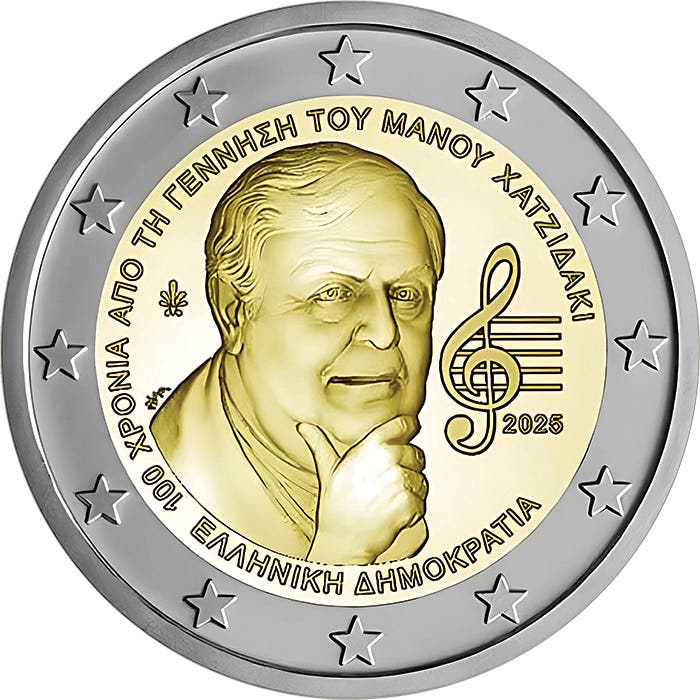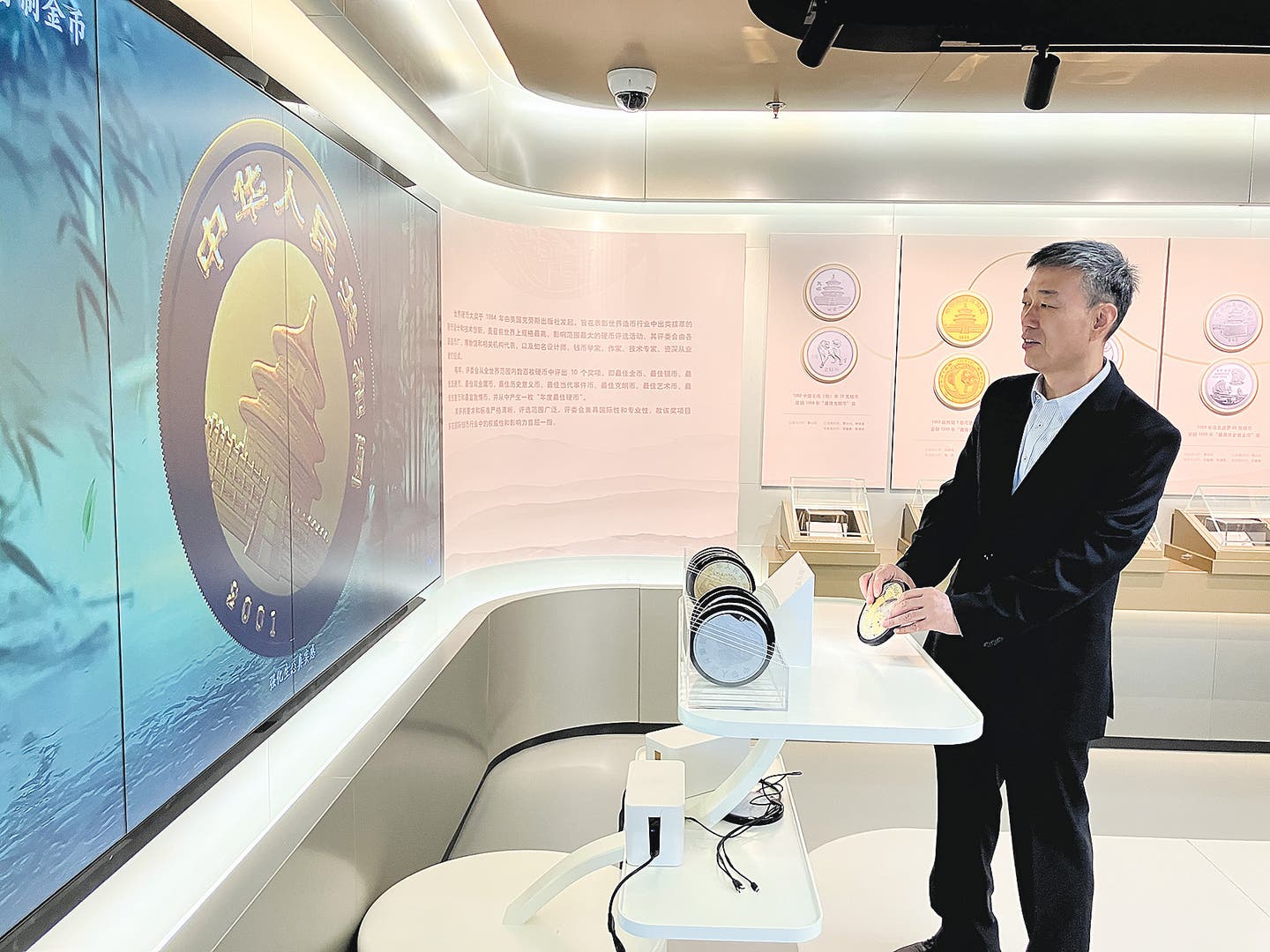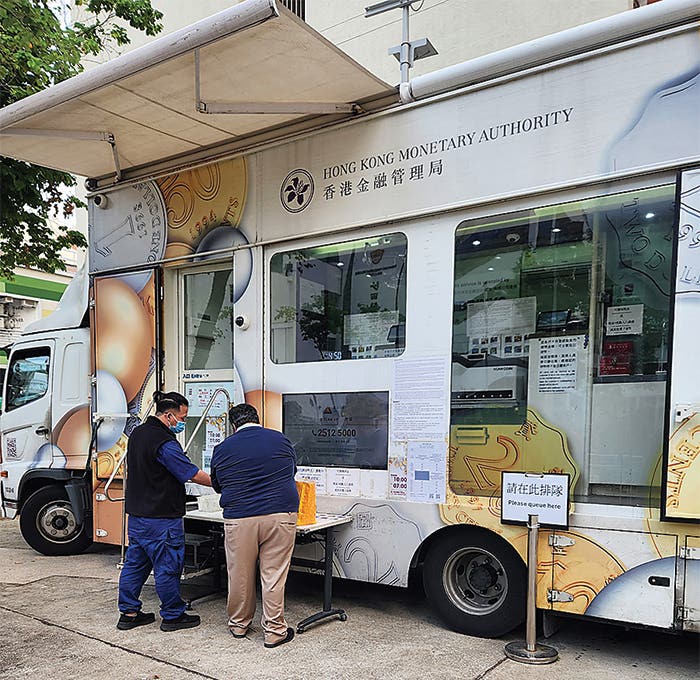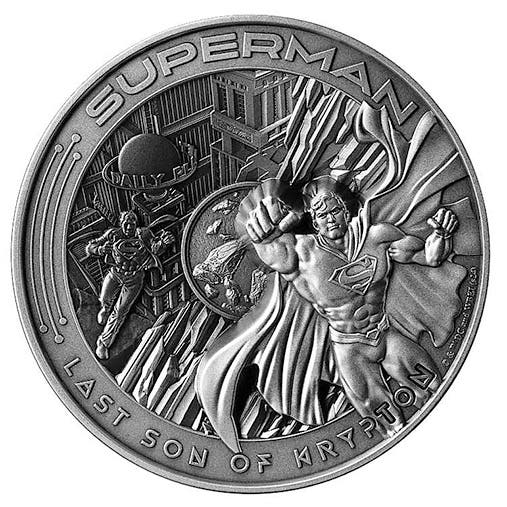Cyber Currency Becomes Collectible
If cyber currency is the way of the future where does that leave not only coins, but coin collecting? Are we looking at going the way of the dodo, or…
If cyber currency is the way of the future where does that leave not only coins, but coin collecting?
Are we looking at going the way of the dodo, or even worse, the way of Beanie Babies? Things aren’t really that bleak. In fact, cyber currencies in some instances are becoming collectible. Yes, there are forms of cyber currency that are physical. You don’t have to collect an image only visible via an electro device.
It appears to be illogical. How can something that only exists in cyberspace be collected other than in cyberspace. The item in question is actually two very physical gold coins that were both submitted to Professional Coin Grading Service on behalf of their owner by GreatCollections Coin Auctions of Irvine, California.
A one-ounce gold coin with a denomination of 1,000 bitcoins has since been certified and encapsulated. The coin is identified as being a Proof 70 Deep Cameo. A spokesman for the owner of the coin acknowledged at the time this article was being written that the bitcoin was not for sale. A gold-plated 25 BTC certified as PCGS Mint State 67, however, will be offered November 14 by GCCA without reserve.
According to GCCA President Ian Russell, “Bidding will start at $1, although I anticipate this 25 BTC will sell for more than $1 million.”
Russell added, “It’s the ultimate 21st century collectible, merging gold with crypto-currency; a cultural phenomenon considering the vast numbers of people under 30 who own some cryptocurrency as investments.”
Also known as “The Gold Cas” (short for Casascius) the 2012 1,000-BTC coin was produced between 2011 and 2013 by a company created by Mike Caldwell to create physical coins in increments of 0.1, 0.5, 1, 5, 10, 25, 100, and 1,000 BTC units. Six 1,000 BTC coins were made, four of which have been redeemed including the example recently certified for the GCCA client by PCGS. The anonymous current owner of the 1,000-BTC coin, according to Russell, is not digital currency Bitcoin founder Satoshi Nakamoto as had been rumored.
Russell said, “The $48 million coin now resides in an overseas bank vault, and it’s unlikely to ever be redeemed or spent as bitcoin, but you may be able to see it in person someday. GreatCollections is in talks with the owner to publicly display it at an upcoming coin convention.”
The obverse of the 1,000 BTC includes the date, legend 1 Troy OZ .999 Fine Gold, and motto Vires in Numeris (Strength in Numbers). The reverse depicts a multi-color tamper resistant hologram.
Bitcoins are a non-fungible token, this being a one-of-a-kind item. According to a September 19 NDTV.com posting NFTs “are riding on the crest of this new technology. From art to music and pixelated images to toilet paper these digital assets are selling like the proverbial hotcakes, some of them for millions of dollars. The basis for this craze for NFTs is their uniqueness – that is they cannot be replaced like-for-like. For example, Bitcoin is not an NFT. But a one-of-a-kind piece of art is non-fungible. You cannot replace it. If you trade it with another piece of art, you will have something completely different.”
The posting continues, “The NFTs are sold online, frequently for crypto coins, and are encoded. They have been around since 2014 but have gained popularity only now. Recently, a set of 101 Bored Ape Yacht Club NFT was sold for $24.4 million at Sotheby’s auction house.”
“Why are people spending millions on it? They spend so much because an NFT allows the buyer to own the original item. Also, it contains a built-in authentication, which is the proof of ownership for the buyer. Most collectors value these ‘digital rights’ more than the item itself.”
A physical currency object that represents value only being in cyberspace is a step beyond the technology in which a physical coin carries a computer chip through which the value on the coin can be recharged. This smart coin or coin-chip technology was developed by the Royal Canadian Mint, perhaps as early as 2005. In that year the U.S. Defense Department reported at least three American contractors who visited Canada later learning they had computer chip radio frequency identification (RFID) transmitters imbedded coins on them. The coins allegedly had not been used as a rechargeable devise for currency, but as a way to track the whereabouts of the contractors.









